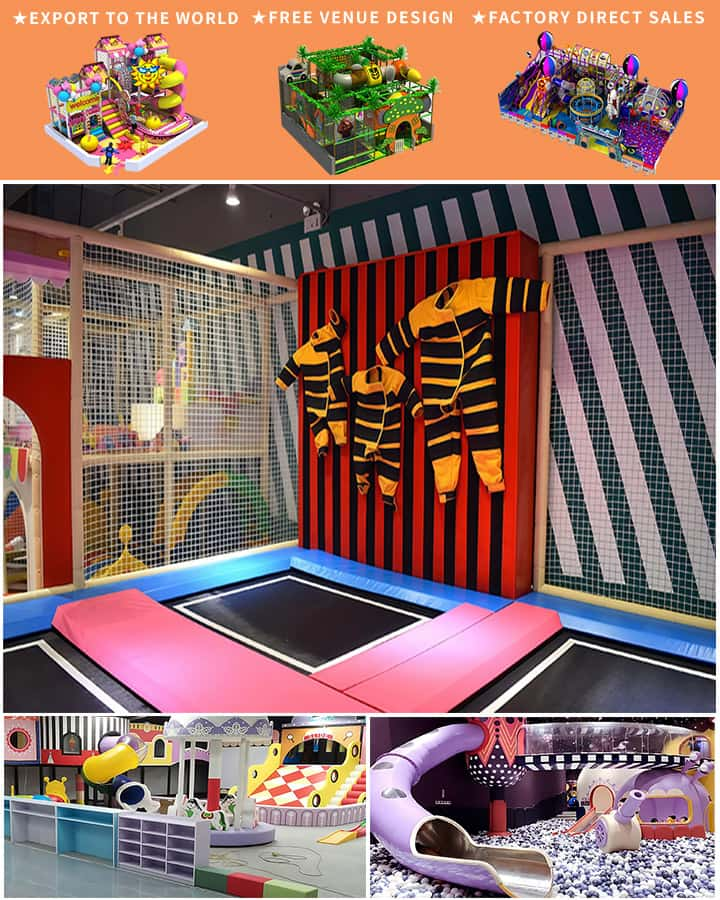When it comes to setting up an indoor playground for children, one of the most crucial factors to consider is the pricing of the equipment. The cost can vary significantly based on various elements such as type, quality, size, and brand. Understanding these aspects will help you make an informed decision and ensure that you get the best value for your investment.
Factors Influencing Children’s Indoor Playground Equipment Prices
- Type of Equipment
- Slides and Climbers: Basic structures like slides and climbers are often priced differently depending on their material, design complexity, and additional features such as handrails or safety guards. Simple models might start around \(500, while elaborate, multi-functional units could easily exceed \)2000.
- Trampolines: Indoor trampolines, particularly those designed with safety enclosures and padded frames, can range from \(300 for smaller, basic versions to over \)2000 for larger, professional-grade models.
- Interactive Games and Activities: Interactive equipment like ball pits, foam pits, and sensory play areas typically require more customization and thus come at a higher price point, often ranging from \(1000 to \)5000.

- Material Quality
- High-quality materials such as durable plastics, non-toxic paints, and reinforced steel frames tend to be more expensive but offer better longevity and safety for children. You can expect prices to reflect the use of premium components, with top-tier equipment often carrying higher tags due to their superior build and safety standards.
- Size and Capacity
- Larger pieces of equipment designed to accommodate more children simultaneously will naturally be pricier than smaller, individual units. For instance, a large climbing structure meant for group play may cost between \(1500 to \)4000, whereas compact climbing walls might be available for under $1000.
- Brand Reputation
- Established brands with a history of producing high-quality, safe indoor playground equipment tend to charge more for their products. These brands often provide warranties, after-sales support, and compliance with stringent safety regulations. On the other hand, lesser-known brands might offer cheaper options, but they may lack the same level of reliability and support.
Budget Considerations
Setting a budget is essential before diving into the purchase of indoor playground equipment. Here are some tips to manage costs effectively:
- Prioritize Essential Items: Identify the must-have equipment for your indoor playground and focus on those first. You can always expand your collection gradually as your budget allows.
- Look for Sales and Discounts: Keep an eye out for seasonal sales, clearance events, and bulk purchase discounts which can significantly reduce costs.
- Consider Second-Hand Options: Well-maintained second-hand equipment can offer considerable savings. Just ensure that any used items meet current safety standards.
- DIY Solutions: Depending on your skills and resources, creating some parts of the playground yourself can be a cost-effective alternative. However, always prioritize safety in any DIY project involving children’s play equipment.
Conclusion
Investing in children’s indoor playground equipment is not just about the initial cost; it’s also an investment in safety, development, and fun. By understanding the different factors that influence pricing—such as type, material quality, size, and brand reputation—you can make smarter purchasing decisions that balance both your budget and needs. Whether you’re outfitting a home playroom or a commercial facility, taking the time to research and compare options will ensure that you create a safe and enjoyable environment for children to explore and grow.




